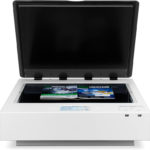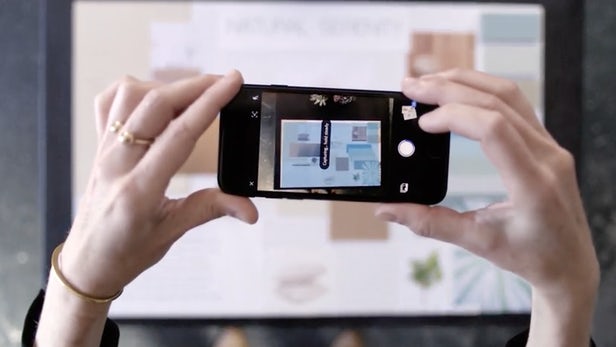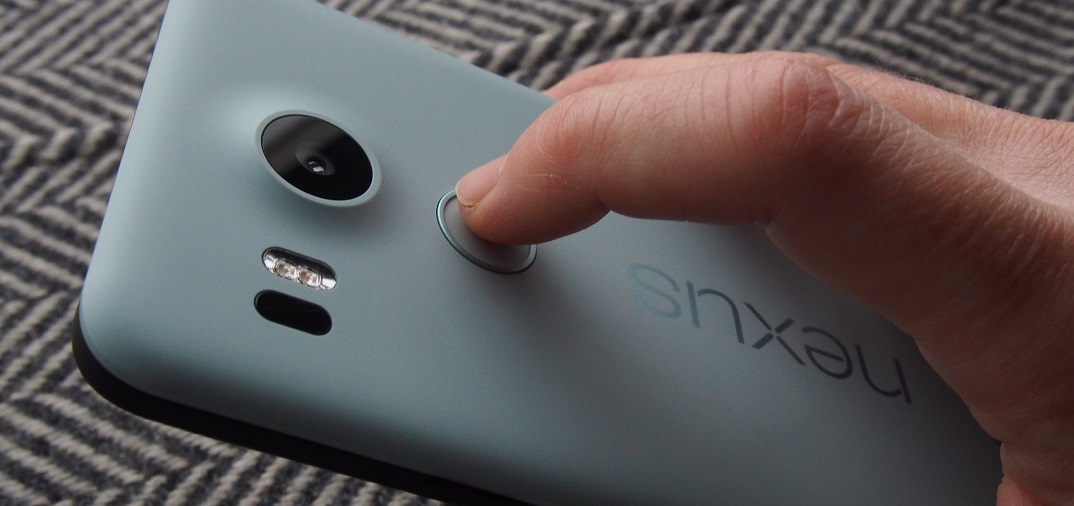Flatbed scanner - what is it?
It is impossible to imagine the modern world without a computer and peripheral devices that expand its functionality. One of them is a scanner that converts images of material objects into digital ones. It works both in conjunction directly with a PC and independently, the scanning result is sent over the network. Let's talk about the most common types, then compare them.
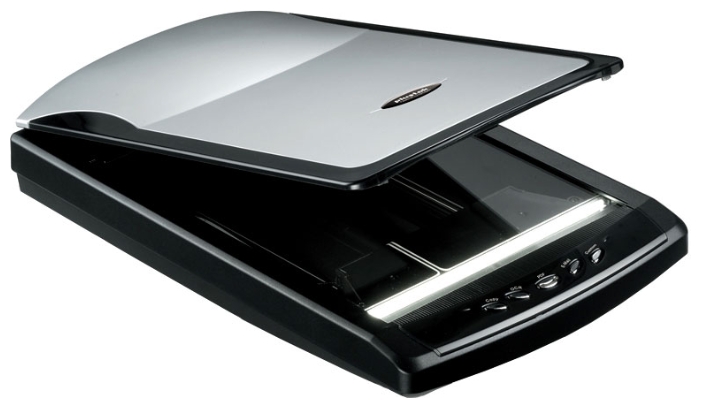
The content of the article
Tablet
This device has high functionality and ease of use, which is why it is in demand. When scanning, the document does not need to be bent, deformed, or scattered.
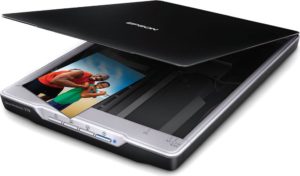
Principle of operation
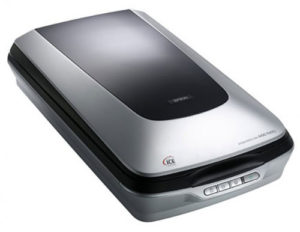 The sheet of information is placed on a glass tablet, image down. By pressing a button, we activate the carriage under the glass. It is equipped with a light source, a mirror system, lenses and light sensors. As it moves, it projects light onto the sheet. The light flux reflected by lenses and mirrors is received by light-sensitive sensors. They, in turn, produce signals with different voltages (potential differences), which depend on the degree of illumination of different parts of the sheet. An analog-to-digital converter (ADC) converts an analog signal to a digital signal. Through the device controller, the binary code reaches the computer. Using software, the code is converted into an electronic copy of the scanned document, which we see on the screen.
The sheet of information is placed on a glass tablet, image down. By pressing a button, we activate the carriage under the glass. It is equipped with a light source, a mirror system, lenses and light sensors. As it moves, it projects light onto the sheet. The light flux reflected by lenses and mirrors is received by light-sensitive sensors. They, in turn, produce signals with different voltages (potential differences), which depend on the degree of illumination of different parts of the sheet. An analog-to-digital converter (ADC) converts an analog signal to a digital signal. Through the device controller, the binary code reaches the computer. Using software, the code is converted into an electronic copy of the scanned document, which we see on the screen.
The flatbed scanner is connected to the computer via a USB port. Control is carried out using a computer program or quick control buttons on the device body.
Drawing
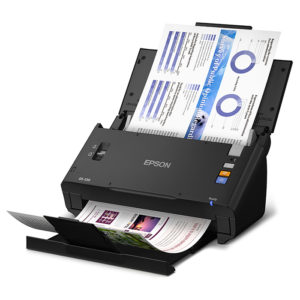 Here the document is movable, which is pulled by an automatic feeding system through static photocells. In the ADC, the light flux is converted into electrical signals of different voltages depending on the degree of illumination. The signal then goes through the device controller to the computer. Typically, such a scanner is part of a multifunction device along with a fax machine, fax machine, and copy machine. The purpose is to quickly automate the process of scanning large volumes of documentation. It is also called documentary. The inconvenience is that before scanning the document must be saddle stitched, staples removed, and embroidered.
Here the document is movable, which is pulled by an automatic feeding system through static photocells. In the ADC, the light flux is converted into electrical signals of different voltages depending on the degree of illumination. The signal then goes through the device controller to the computer. Typically, such a scanner is part of a multifunction device along with a fax machine, fax machine, and copy machine. The purpose is to quickly automate the process of scanning large volumes of documentation. It is also called documentary. The inconvenience is that before scanning the document must be saddle stitched, staples removed, and embroidered.
IMPORTANT. Often, to eliminate this inconvenience, devices are additionally equipped with a glass tablet or it can be purchased separately. These are flatbed-broached or in-line. This combination makes it easy to scan any document or brochure. Now he can cope with any volume of document flow.
Why you should choose a flatbed scanner for your home
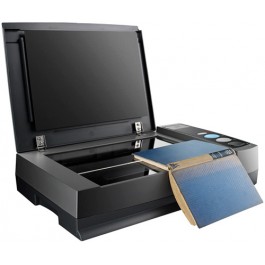 He has highthem by the quality of the result obtained. This happens due to the static immobility of the sheet.
He has highthem by the quality of the result obtained. This happens due to the static immobility of the sheet.- Versatility. Any sheet that can be placed on the tablet will be processed: business cards, slides, books. It's all about the size of the tablet itself. There is no need to unfasten or unstitch.
- More efficient. The tablet version has fewer moving parts compared to the broached version, which means there is less chance of their failure. Does not require constant maintenance, cleaning or adjustment.There is no chance of “chewing” the original, the result depending on decreasing/increasing scrolling speed.
The device must be selected depending on the tasks. A tablet is better suited for home, for an office with a large amount of work, a long-lasting one. But the choice is always yours.



